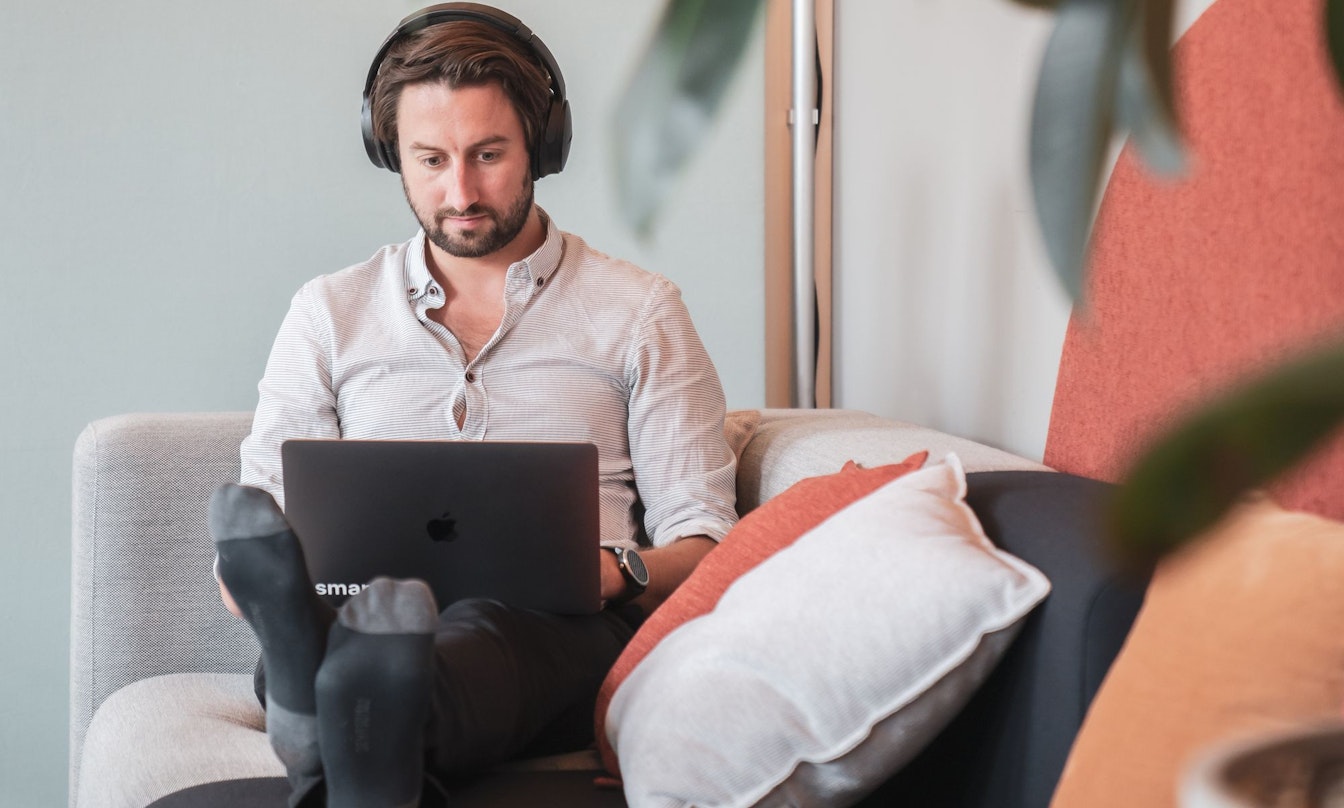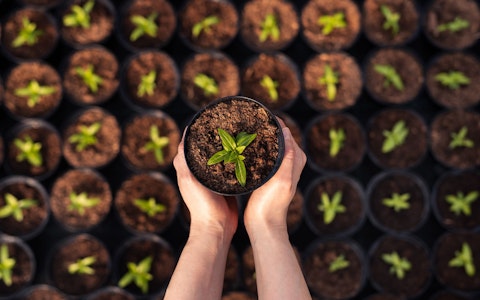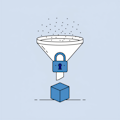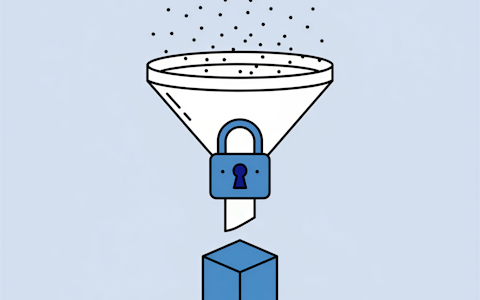Insights Born from Stillness

As troubling as the last few months have been, I’m deeply grateful for the lessons I have learned and the opportunity to turn the focus inward. Not having to commute to work every day also has its benefits as it turns out.
Instead of concentrating on all the things that were suddenly impossible, I leaned into the stillness that the pandemic imposed on us. It allowed me to immerse myself in subjects like meditation, stress and emotional regulation.
««Stillness is the foundation of understanding and insight.»»Thich Nhat Hanh
As Buddhist monk Thich Nhat Hanh wisely points out, it is in stillness that we discover the most profound insights. At first I hoped that a better understanding of our response to stress would be helpful in dealing with all the additional stressors of the pandemic. What I didn’t anticipate was how the insights I gained changed how I interacted with myself, others, and the world around us. But first, let’s take a step back — way back into the Stone Age, actually.
Relic from a bygone era
Back when our earliest ancestors walked the Earth, our stress response started to evolve. Simply put, stress is a suddenly arising, challenging or threatening situation that compels us to react. All the things and situations that trigger a stress response are called stressors.
Back then a common stressor would have been a hungry sabretooth tiger. It was an essential survival mechanism to respond as quickly as possible to such a threat, so we developed a fight-or-flight response. In a split second, a lot of energy would be made available by an increased heart rate, high blood pressure and muscle tension. Our bodies would make good use of all that energy by either fighting back or running away.
Now, from an evolutionary point of view, 300'000 years are only a wink. Although stressors nowadays look very different than they did in the Stone Age, our stress response has stayed the same. This means that our physiological response to a sabretooth tiger is basically the same as to an angry boss. Even though both are menacing opponents, one is not quite as deadly.
Additionally, even a stressor that only exists in our imagination triggers a stress response. This results in a world where chronic stress and conditions like high blood-pressure, sleep disorders, anxiety, exhaustion and burnout are at an all-time high. So, what’s the solution?
In their book about mindfulness-based stress reduction MBSR, Tobias and Sonja Maren Esch suggest that in order to reduce stress we first need to become aware of potential stressors in our lives. Then we can start cultivating a mindful attitude and adopt different management strategies.
The last of the human freedoms
Stress can be roughly grouped into choice-based stress and unavoidable stress. Choice-based stress would be something like accepting yet another work assignment. The illness of a close family member — or a global pandemic for that matter — would be examples of unavoidable stress.
When we think of potential stressors we realize that most of them fall into the first category. Managing choice-based stress requires us to question our personal values and the values of our society. Do I work overtime in order to accomplish an important personal goal or do I feel compelled by the high performance standards of my company? What could I change in order to gain more down time?
In the realm of unavoidable stress, an important factor is how we perceive it. In his bestselling book “Full Catastrophe Living” Jon Kabat-Zinn puts it like this:
«It can be particularly helpful to keep in mind from moment to moment that it is not so much the stressors in our lives but how we see them and what we do with them that determines how much we are at their mercy. If we change the way we see, we can change the way we respond.»
Seeing stress as a natural, physiological mechanism that once fulfilled an important evolutionary function was a real game-changer for me. I realized that I could deliberately decide how to react to everyday stressors instead of being swept away by my automatic response to them. The truth is that we all have the freedom to choose our own attitude. Or in the words of Holocaust survivor Viktor Frankl:
««Everything can be taken from a man but one thing: the last of the human freedoms — to choose one’s attitude in any given set of circumstances, to choose one’s own way.»»Viktor Frankl
An unexpected ally
But how does a change of attitude help us to better cope with stress? This is where mediation comes in. The mindfulness and awareness we cultivate during meditation helps us notice the signs of stress early on. We learn how to differentiate between the external circumstances and our internal bodily reaction to them.
Spending time in the stillness of meditation may seem like a lonely endeavor. It’s quite startling to discover that that’s not the case. For when you take the time to sit down and focus inward, you soon realize that there’s an uninvited guest that cannot help but comment and nag about everything you do. I like to call mine Monkey Mind.
Originating in the Buddhist tradition, Monkey Mind very aptly describes the never-ending chattering of our inner monologue. Its only goal seems to be to distract our attention by haphazardly jumping from thoughts to memories to images as if they were tree branches.
If you’re like me, your first instinct is to belittle yourself for not being able to concentrate for more than five seconds. Instead we can make it our goal to befriend Monkey Mind and thus gain an unexpected ally in our quest to better cope with stress. Here’s how:
Sit down in a comfortable, quiet spot, straighten your back and soften your belly. Close your eyes and concentrate on every inhalation and exhalation. As soon as you notice being distracted, start by labelling the distraction (e.g. “thinking” or “imagining”). Gently remind Monkey Mind of the task at hand and guide your awareness back to the breath. Be patient and compassionate with yourself. It doesn’t matter how many times you lose your focus. The important part is noticing when you’re distracted and responding with a friendly attitude.
Carpe diem
With regular practice we learn how to simply observe our thoughts without being swept away by them. The mindfulness and compassion we cultivate during meditation lets us approach stressful situations in our everyday lives with more calm and clarity of mind. We let go of our reactiveness and gain a loyal companion on our way to becoming the best version of ourselves.
One more lesson the pandemic has taught me is that joy can be found in each and every moment. Life is an unpredictable, messy and exciting journey and I want to be present for every step of the way. Or with the words of Thich Nhat Hanh:
««Waking up this morning, I smile. Twenty-four brand new hours are before me. I vow to live fully in each moment and to look at all beings with eyes of compassion.»»Thich Nhat Hanh

Geschrieben von
Nadia Posch





